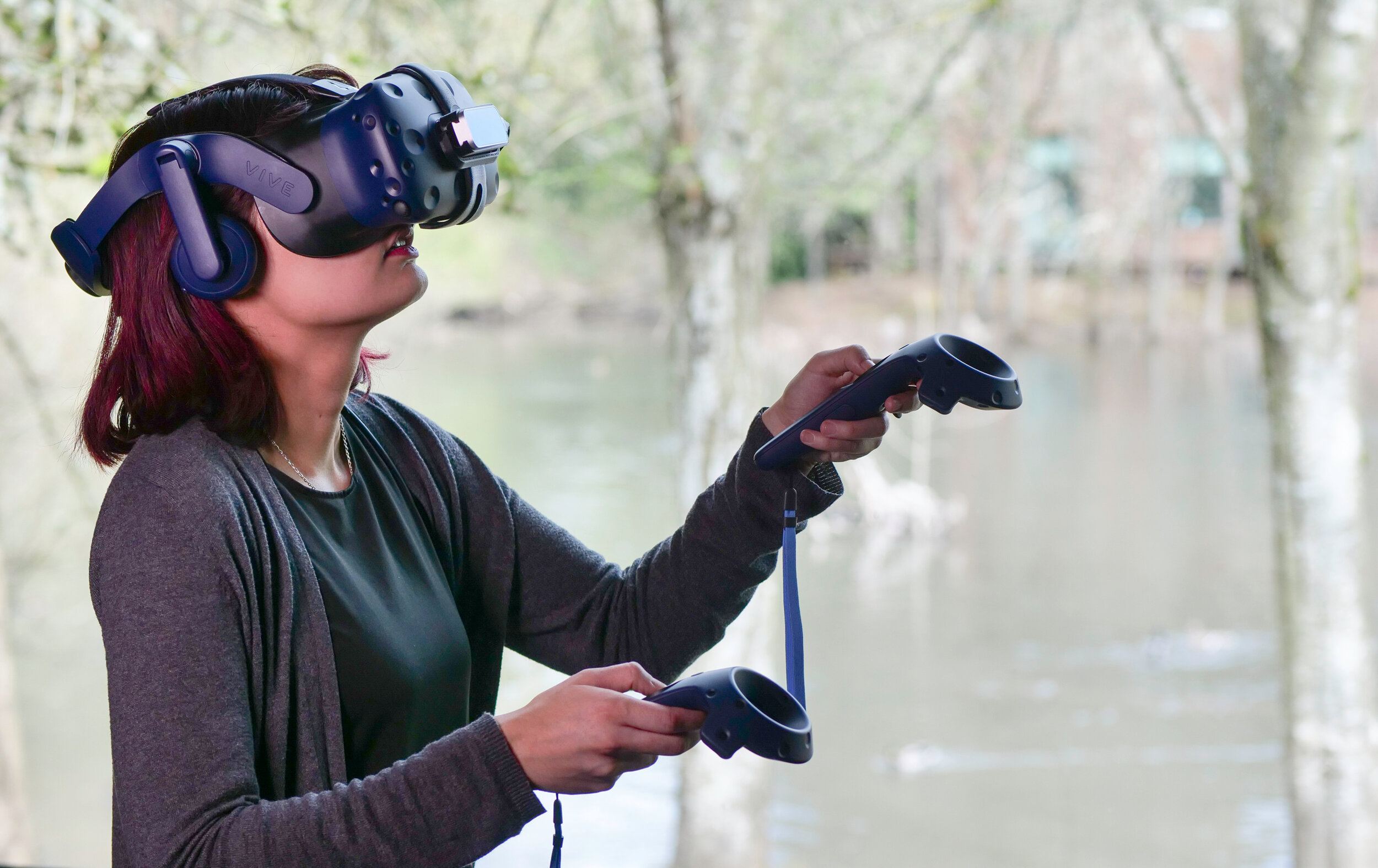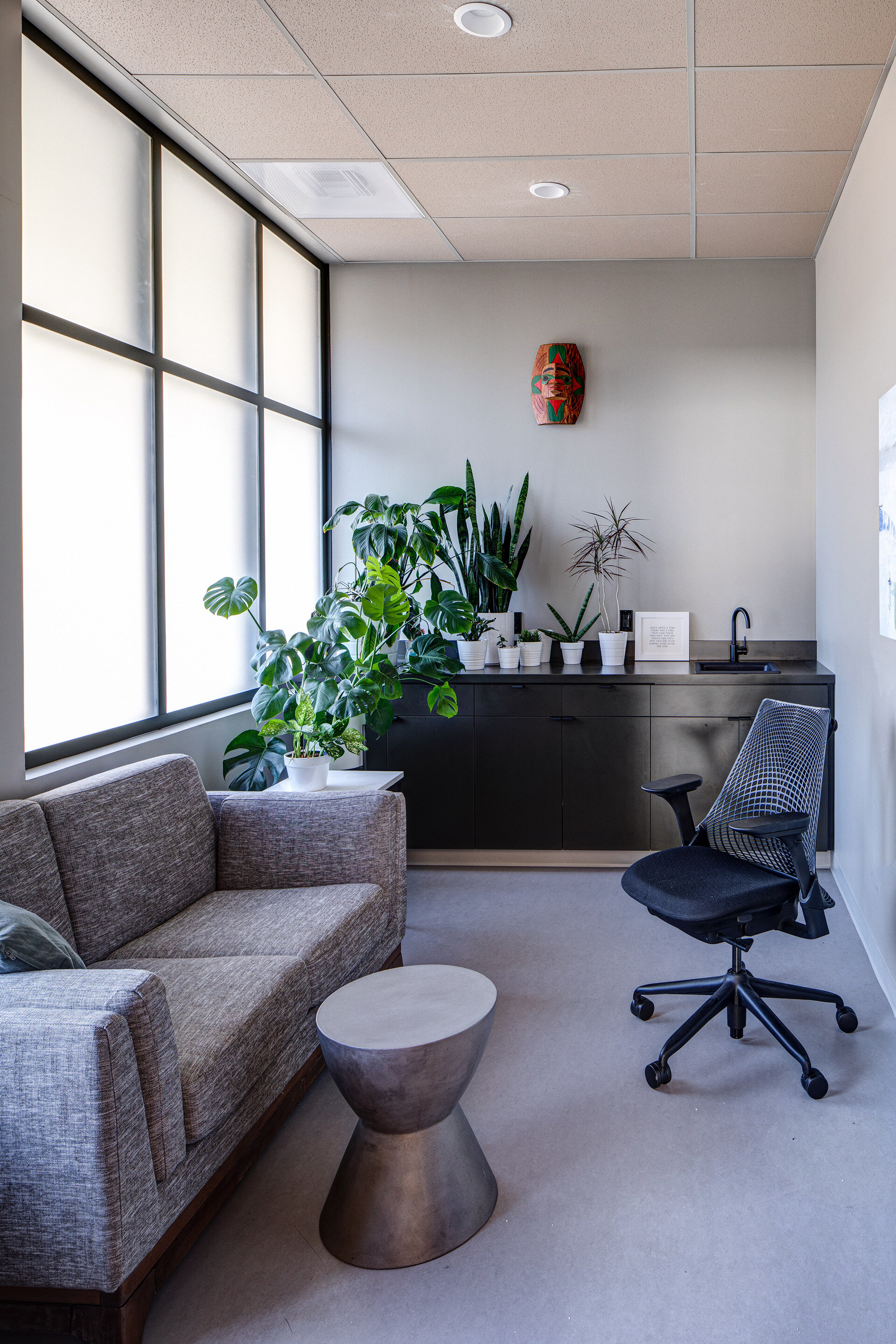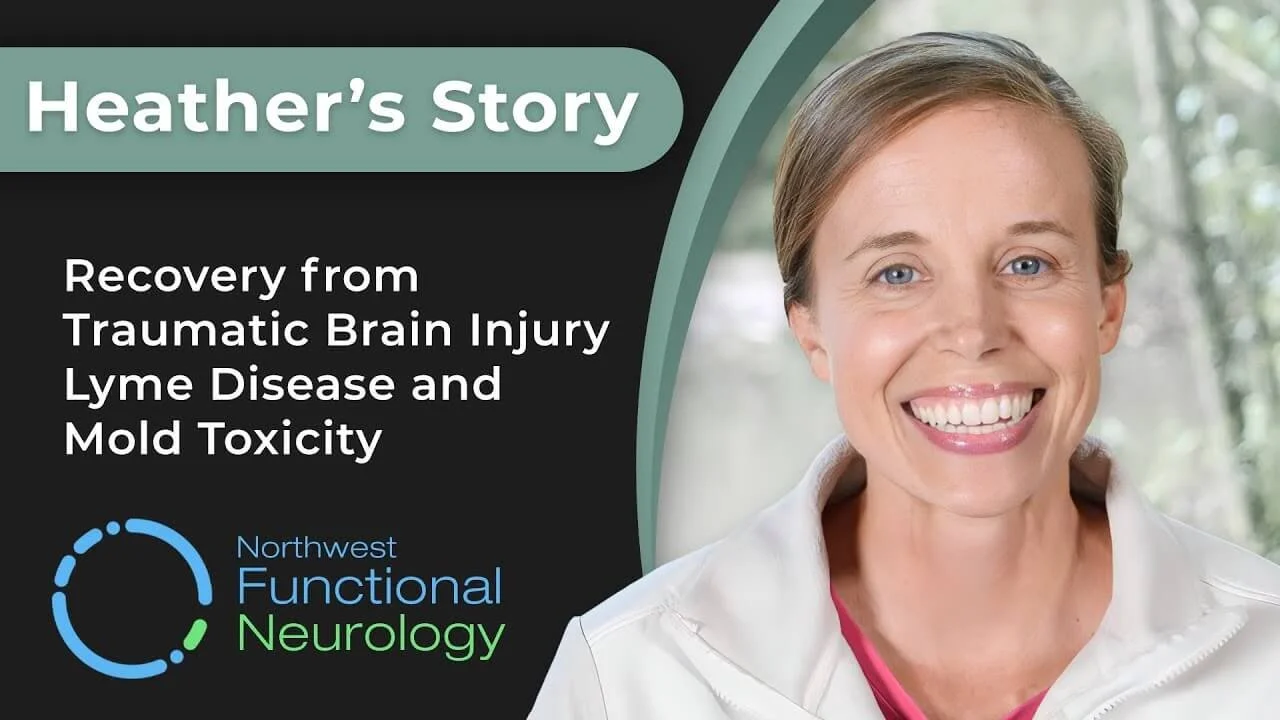
HOW THIS WORKS
We Use The Most Advanced Diagnostic Testing And Therapies
To Map Out Your Problem And Find Your Best Solution.

Our team of professionals coordinate to solve
complex neurological disorders helping you recover faster.
-
In your NeuroRescue Intensive Program, we take two months of outpatient care and compress it into a week. This is a boot camp for your brain, and allows us to achieve rapid improvement and better results.
-
In our Outpatient NeuroRescue program we book out a month of care, see you three times a week for that month, modify our protocols along the way based on how you respond, then repeat our diagnostics. We see what’s changed, see what’s better, and see what we need to work on, and adjust your protocol from there. Our patients generally experience significant improvement by their first reevaluation.
-
We design a customized rehabilitation program that is unique to your brain and condition. We use a multisensory approach, integrate this with visual, vestibular, and motor exercises, along with specific cognitive exercises.
NEURODIAGNOSTIC TESTING
Our diagnostic mapping allows us to precisely identify and quantify what parts of your system are working, what parts need to work better, and what we need to do to get them all working together again. This leads to a more accurate diagnosis and quicker recovery. Our advanced diagnostics allow us to dig deeper into a problem and find answers that are often hidden or missed.

-
The NeuroRescue examination is the entry point to your NeuroRescue Program. We perform a comprehensive evaluation of every aspect of your condition. We examine every factor in your history that got you to where you are now, and assess the functional status of every relevant aspect of your central and peripheral nervous systems.
Your NeuroRescue examination allows us to determine the true underlying causes of your condition. It shows us to how to focus our therapies on truly resolving your functional problems, rather than merely finding ways to decrease your symptoms.
Your NeuroRescue examination guides us in creating your unique and effective NeuroRescue Program. It is the most important step we take to help you regain your health and get you back living the life you deserve.
-
Video Oculography, also known as VOG, is advanced technology that allows us to record and precisely quantify eye movements. Impaired eye movements are an important feature of a wide range of neurological conditions. Problems with eye movements can be found in concussions and traumatic brain injuries, dizziness and vertigo, movement disorders, headaches and migraines, Parkinson’s disease, neurodevelopmental disorders, and all manner of other neurological conditions.
We use objective VOG analysis of eye movements helps us to see which parts of the brain are working well, which systems are struggling, and what we need to do to make them work well and together again. We use this information to design your unique and precise NeuroRescue Program to rebuild function in your fragile systems.
VOG testing shows us exactly what we need to do to create your unique NeuroRescue Program, so you can get back to living your best life as fast as possible.
-
Video head impulse testing, also known as vHIT, allows us to precisely quantify the function and fatigability the inner ear’s six vestibular canals and their associated reflexes.
The vestibular system generates reflex eye movements in response to planes of head movement, through what are known as vestibulo-ocular reflexes. These help us stabilize our gaze and know where the visual world is as our head moves. Problems with these reflexes often lead to dizziness and vertigo. Damage to these reflexes is extremely common in concussions and brain injuries, and functional imbalances in these systems can be involved in everything from movement disorders and neurodegenerative diseases to psychiatric conditions.
If you have been suffering from dizziness, balance and gait difficulties, headaches, movement disorders, or even conditions such as depression and anxiety, problems with these reflexes may be part of your problem. If you have been struggling with brain fog, cognitive issues, chronic pain, or vertigo, vHIT may help you to take back your health and get back to living your best life. VHIT is an essential part of your NeuroRescue program.
-
Computerized Posturography is a tool we can use to objectively assess your ability to balance and remain stable as you move through the world. This technology allows us to evaluate every system involved in your ability to balance, as well as how they work together in different sensory conditions.
Computerized posturography shows us not only how well these systems work, but what we need to do to get them working well and in harmony again. This insight is critical for rehabilitating everything from brain injuries to movement disorders. It has helped us restore function for people suffering from strokes, neurodegenerative disorders, and even mental health conditions.
Computerized posturography is a crucial part of your NeuroRescue Program. It helps us start you on the path back to living the life you deserve.
-
In order to properly respond to the environment, we first need to properly localize ourselves in the world. We do this using visual inputs from our eyes, vestibular inputs from our inner ear, and proprioceptive inputs from muscles and joints.
Poor function of visual, vestibular, and proprioceptive systems can be found at the heart of most central neurological disorders. Impaired function and failed integration of these systems can produce symptoms ranging from dizziness and balance problems to headaches and chronic pain states. Problems with the integration of these systems can be found in everything from attention and concentration difficulties to movement disorders. Rehabilitation of these systems and their integration can often help improve function in all of these disorders.
We use a number of different software and hardware platforms to evaluate these systems and their integration. We use them therapeutically in your unique NeuroRescue Program to rehabilitate your systems and their integration, so you can get back to living your best life.
-
Metabolism is the process your body uses to produce cellular energy. When the ability to produce energy decreases, through impaired metabolic processes or genetic factors, neurological function declines.
We use advanced laboratory analysis and genetic testing to assess all of the factors that can be standing in the way of your recovery. We use this information to design strategies to address and overcome these challenges. Metabolic and genetic factors can be critical to address in virtually all neurological conditions, including brain injuries, neurodegenerative disorders, cognitive problems, headaches and migraines, and even mental health conditions. Symptoms ranging from brain fog and depression to vertigo and chronic pain all have the potential to be improved through metabolic and genetic testing.
Metabolic and genetic testing can be a crucial part of your NeuroRescue Program. It helps us start you on the path back to living the life you deserve.
Our Advanced Therapy Procedures
For over 22 years, Dr. Glen Zielinski has curated the most advanced tools for patient recovery.
We design innovative therapies and procedures, using the latest neuroscience research. to address your neurological issues at the core level.
Our protocols are designed to not only get everything in your system working again, but also to get you working well in the world as fast as possible.

-
Functional neurorehabilitation is the heart of your NeuroRescue Program. When you struggle with a neurological disorder or have suffered a neurological injury, there will be pathways that have been damaged, and cells that have been lost.
Functional neurorehabilitation works to maximize the health and viability of your remaining pathways and neurons. Functional Neurorehabilitation relies on the principle of neuroplasticity, which is the ability of neural networks in the brain to change, grow, and reorganize. We work with the neurons and pathways you have that are still viable, and design specific and unique protocols to make them work better.
Most neurological conditions have the potential to improve with functional neurorehabilitation. We focus on helping you regain and improve as much of your neurological function as possible, so you can get back to living the life you desire.
-
The inner ear’s vestibular system is your neurological foundation. Without proper vestibular input, you cannot locate yourself in the world, and your neurological foundation crumbles. Vestibular dysfunction can be found lurking within virtually any neurological condition.
Vestibular therapy helps people with dizziness and balance problems restore function by helping them remap their concept of where they exist in the world. If you have been suffering from brain injuries, vertigo, balance problems, headaches, or neurodevelopmental and neurodegenerative disorders, vestibular rehabilitation may help you turn things around and help you heal.
Vestibular rehabilitation has helped people struggling with everything from dizziness to depression, from brain fog to balance problems, and from concussions to cognitive issues. Vestibular rehabilitation has helped people take back their health and get back to living the lives they love. Vestibular rehabilitation is a critical part of your NeuroRescue Program.
-
Neuromodulation helps people living with neurological conditions regain function. If you have been suffering from headaches, dizziness, movement disorders, brain injuries, or many other neurological problems, neuromodulation may be able to turn things around and help you begin to heal.
Neuromodulation uses safe, comfortable forms of electrical stimulation to activate peripheral nerves that stimulate the spinal cord and brain. In order for a neuron to be healthy, it needs regular stimulation. Neuromodulation allows us to restore appropriate frequencies of neuronal activation. When the nervous system is properly activated, the changes in function can be profound.
Neuromodulation strategies have been shown to be effective in improving motor coordination and motor planning. They have been shown to stabilize balance, improve gait, enhance cognitive and executive function, inhibit chronic pain, reduce dizziness and vertigo, and improve autonomic functions such as heart rate, blood pressure, and digestion, among many others.
Neuromodulation is a crucial part of your NeuroRescue Program. It can help you regain your health and get you back living the life you deserve.
-
Transcranial Magnetic Stimulation, or TMS, uses an MRI-strength magnet with a focal beam to activate parts of the brain that are not functioning appropriately. TMS helps people with neurological problems improve their function by directly stimulating brain pathways with gentle magnetic pulses.
TMS is widely used for the treatment of chronic depression, and has been shown to be extremely helpful for the treatment of concussions, dizziness, headaches, cognitive problems, chronic pain, neurodegenerative disorders, and many other neurological conditions.
If you have been struggling with depression, vertigo, anxiety, movement problems, memory difficulties, or chronic pain, TMS may be able to turn this around and help you heal. TMS has helped people to gain control of emotions and compulsions, stop headaches, restore motor control, and improve memory. TMS plays an important role in your NeuroRescue Program, so you can take back your health and get back to living the life you love.
-
Photobiomodulation is advanced technology that involves the use of light emitting diode (LED) and low-level laser devices to promote positive physiological changes.
Light therapy has shown to be helpful in decreasing both acute and chronic pain. It has been proven effective in decreasing inflammation. It has demonstrated benefits in modulating the immune system. It can speed healing and tissue regeneration.
Light therapy has also been shown to improve blood flow, and improve energy production within cells. It has been demonstrated to promote repair processes within brain tissue, and to offer neuroprotective benefits against neurodegeneration. These mechanisms can provide a profound improvement in neurological function.
-
Rehabilitation of impaired eye movements and visual reflexes can be the key to resolving your neurological issues and getting you back to living your best life. Visual integration therapy is thus a crucial component of your NeuroRescue Program.
Visual reflexes and voluntary eye movements are frequently impaired in nearly all central neurological conditions. Impaired eye movements can be seen in concussions and brain injuries, headaches, dizziness and vertigo, neurodegenerative and neurodevelopmental disorders, chronic pain states, and even mental health conditions.
If you want to be able to make sense of your world, you need to be able to localize yourself inside it. This requires appropriate eye movements. We rebuild these to help you move freely in the world and get you back to living the life you deserve.
-
Virtual reality therapy is on the cutting edge of neurorehabilitation. This technology places you inside realistic artificial environments. VR enables us to engage your visual, vestibular, and proprioceptive systems in a series of tasks that simulate real-world challenges.
Virtual reality therapy allows us to help you learn to overcome those challenges in a safe, controlled environment. Virtual reality serves as a transitional step between the clinical environment and the outside world.
Virtual reality exercises have been shown to benefit a wide range of neurological conditions, including concussions and brain injuries, dizziness and vertigo, chronic pain states, movement disorders, strokes, and mental health conditions. VR therapy helps ensure that the gains you make in your NeuroRescue Program translate to the improved quality of life you deserve.
-
Many people suffer from neurological injuries and conditions that involve musculoskeletal problems. Despite receiving all kinds of therapies from multiple providers, they are often unable to fully resolve their injuries and control their pain.
We usually find that their neuromuscular control mechanisms are not working properly, and are preventing them from improving. If the pathways that control stabilizing muscles are not functioning appropriately, recovery will always be limited.
During your Discovery Day, we map the integration of your neuromuscular control systems, and determine what we need to do to reintegrate your brain and body again. We evaluate every aspect of your neurology involved controlling your musculoskeletal system, and all of the sensory mechanisms that govern these controls.
We design your custom NeuroRescue Program to rebuild your stability from the most foundational levels, so you can move beyond your condition and get back to the life you deserve.
-
Hyperbaric therapy helps people with neurological conditions repair damaged pathways and restore function by increasing oxygen delivery to neurons. All of the body’s cells rely on oxygen to survive. Oxygen helps produce the energy that drives all cellular functions. By improving your body’s ability to deliver oxygen to your cells, hyperbaric oxygen therapy has the potential to improve function in virtually every neurological condition.
If you have been suffering from problems ranging from concussion and stroke, to migraine headaches or dysautonomia, hyperbaric therapy may be able to turn things around and help you heal. Hyperbaric therapy has helped people achieve things like improving fatigue and brain fog, restoring attention and focus, resolving dizziness, and stopping chronic pain.
If you are ready to take back your health and get back to a life you love to live, hyperbaric oxygen therapy can play an important part of your NeuroRescue Program.
What does waiting another day cost you?
It is time to get answers and see real results.
See The Results
Hear Heather's story about her experience with NWFN.

